We democratise storytelling and make it language-agnostic: Jyoti Deshpande
Last week, Jio Studios, the media and content arm of Reliance Industries Limited, for the first time unveiled its spectacular content slate, including 100+ stories across genres of films and original web series in multiple languages including Hindi, Marathi, Bengali, Gujarati, South and Bhojpuri, capturing every emotion and genre of storytelling – Action, Drama, Thriller, Comedy, Romance, Biopics, Horror, Musicals, et al.
This has been achieved through meticulous collaboration with some of the best creative minds in the country, including Raj Kumar Hirani, Sooraj Barjatya, Dinesh Vijan, Ali Abbas Zafar, Aditya Dhar, Prakash Jha, Amar Kaushik, Laxman Utekar, to name a few, featuring stories with some big superstars as well as new talent, be it actors or filmmakers.
In conversation with Adgully, Jyoti Deshpande, President - RIL Media and Content Business, speaks about Jio Studios content strategy, working across genres and regional languages, the concept of ‘Make in India and show to the world’, changes in the content consumption behaviour, and more.
What is the core thought behind this extensive content strategy?
The idea is to make content in many languages. Jio Studios and SVF Entertainment have just joined forces to bring their cinematic expertise to the vibrant Bengali market through a long-term partnership. SVF has the combined strength of Yash Raj, Dharma and Maddock and is the biggest player in the market. We will be doing multi-movie deals with them. It has the best production value.
So, the idea is to bring local cinema to the mainstream. We are as comfortable consuming Korean content. People are used to watching Malayalam cinema, but people in Hyderabad don’t watch Marathi content. So, how can we democratise storytelling and make it language agnostic? We need to pull our little film industry from all the regional languages, and while using all this, we can become a catalyst of cross pollination of talent so that these stories have more universe and appeal.
Everyone wants to go to the Oscars and nominate themselves. I know Guneet (Monga, producer of this year’s Oscar-winning documentary ‘The Elephant Whisperers’) has done it and we are proud of that, but the idea is to not make western content. We can license western content from others. But this is the big dig in our own culture across all these fantastic languages.
Which genres are you focusing on specifically?
We listen to a story and then hear that one line and then we find it interesting and then we go through the process of getting the casting done, the budgeting, producing, rounds and rounds of script. We are looking at producing content in all kinds of genres – be it comedy, thriller, action, romance, drama, and every possible genre that we can think of. Even our web series – while we have the usual thrillers and action – we have also looked at family-friendly web series.
Even as a lot of western content is being consumed, our idea is to have premium content which every part of our target audience can watch. Thus, we want to make content inclusive and accessible. Moreover, the idea is ‘Make in India and show to the world’.
Could you share some insights on the evolution happening in the content consumption space in India, especially in the post-pandemic period?
Good thing is that we know what people are watching. So, we make content according to the taste of people. We are not partial to any particular genre. A genre gets popular when there is no other content; if everyone starts making crime and cringe, that’s the only content available, so you have to consume it. But suddenly if you get your version of ‘Friends’ or ‘Big Bang Theory’, then it may be refreshingly appealing to all sorts of age groups. So, I think from writing you can come to know whether it’s urban or for other markets. For example, ‘Panchayat’ on SonyLIV was a fantastic series which easily travels from the Hindi belt to the metro markets. Everyone finds it appealing although it is set in a village. Similarly, you can find examples where you can create your own version of ‘Dynasty’.
Where we are going wrong is that we are making the content in English, but if we stick to regional language, the texture can be aspirational and will connect to South Bombay and at the same time to the rural masses. Thus, is depends on the level of storytelling and finding the right match of writers and directors, putting that team together, and to get the pulse right. That will make a difference in the quality.


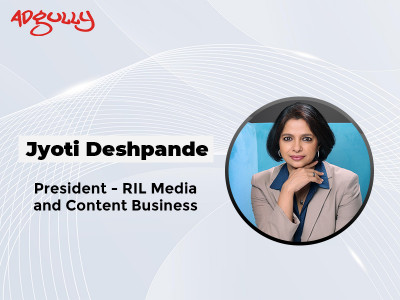
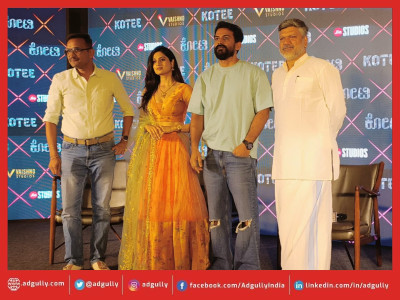
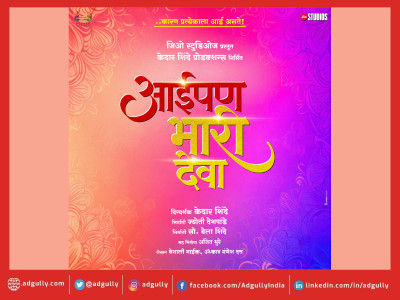


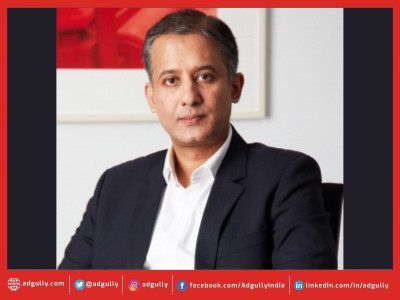

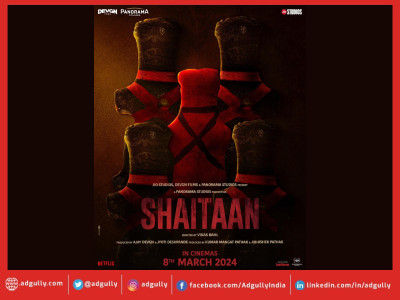
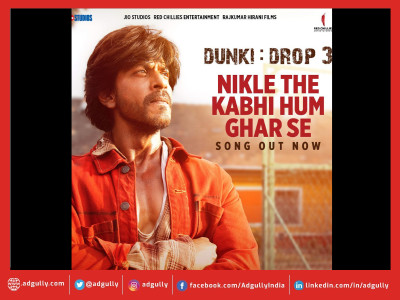

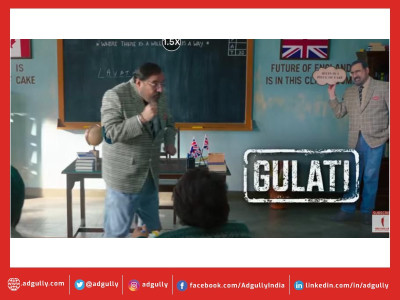
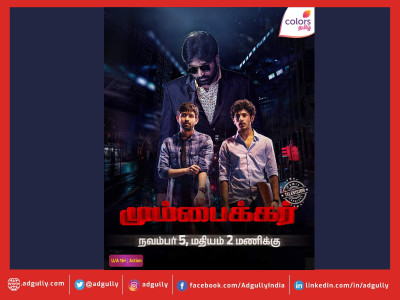



Share
Facebook
YouTube
Tweet
Twitter
LinkedIn